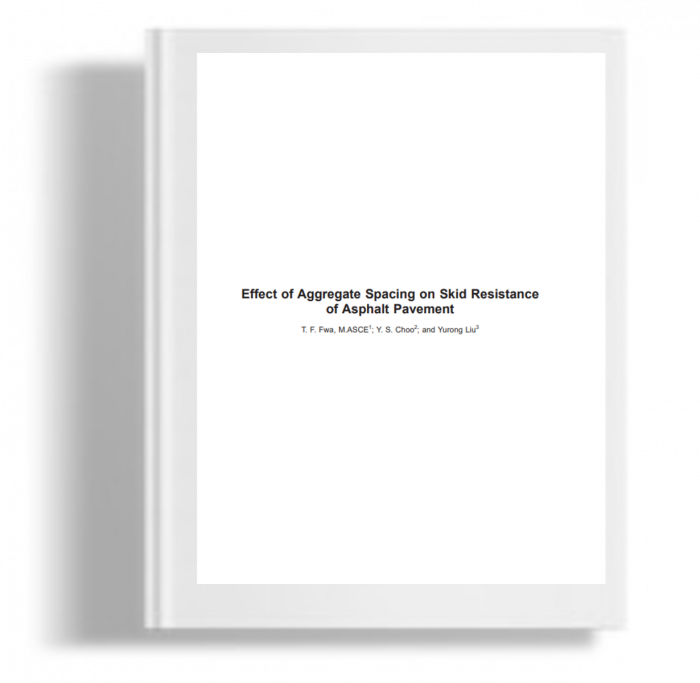Kami menggunakan cookies untuk membuat pengalaman Anda lebih baik. Untuk mematuhi petunjuk e-Pribadi yang baru, kami perlu meminta persetujuan Anda untuk menyetel cookies. Pelajari lebih lanjut .
Effect f Aggregate Spacing on skid resistance of asphalt pavement
In the design of skid resistant asphalt pavements, it is a common practice in pavement engineering to perform laboratory tests to ensure that the paving aggregate has the required frictional resistance and wheel-polishing resistance, and to specify a minimum surface texture depth of the completed pavement to provide adequate surface drainage for safe travel in wet weather. These controls, however, may not be adequate for all types of pavement construction.
- Baca | Unduh PDF
- Effect f Aggregate Spacing on skid resistance of asphalt pavement
In the design of skid resistant asphalt pavements, it is a common practice in pavement engineering to perform laboratory tests to ensure that the paving aggregate has the required frictional resistance and wheel-polishing resistance, and to specify a minimum surface texture depth of the completed pavement to provide adequate surface drainage for safe travel in wet weather. These controls, however, may not be adequate for all types of pavement construction. For instance, field experience in Singapore indicated that aggregate spacing, or gap width between aggregates, had important effects on the skid resistance of asphalt pavements. This paper describes a laboratory study to examine the effect of aggregate gap width on frictional resistance of laboratory prepared specimens. Aggregate gaps ranging from 2 to 10 mm were studied. The 2 mm gap represents that of a dense graded mix, while 10 mm gaps are found in a typical porous asphalt mixture. The British pendulum tester was adopted for the experimental evaluation of frictional resistance. The laboratory test results confirmed the effect of aggregate spacing as observed in the field. Further experimental tests using laboratory fabricated portland cement specimens indicated that the area of the contact surface, as well as the number of gaps within the test area have significant effect on the measured frictional resistance. There is a need for pavement engineers to examine this effect in the asphalt pavement mix design process to ensure that adequate skid resistance will be achieved in actual construction.

